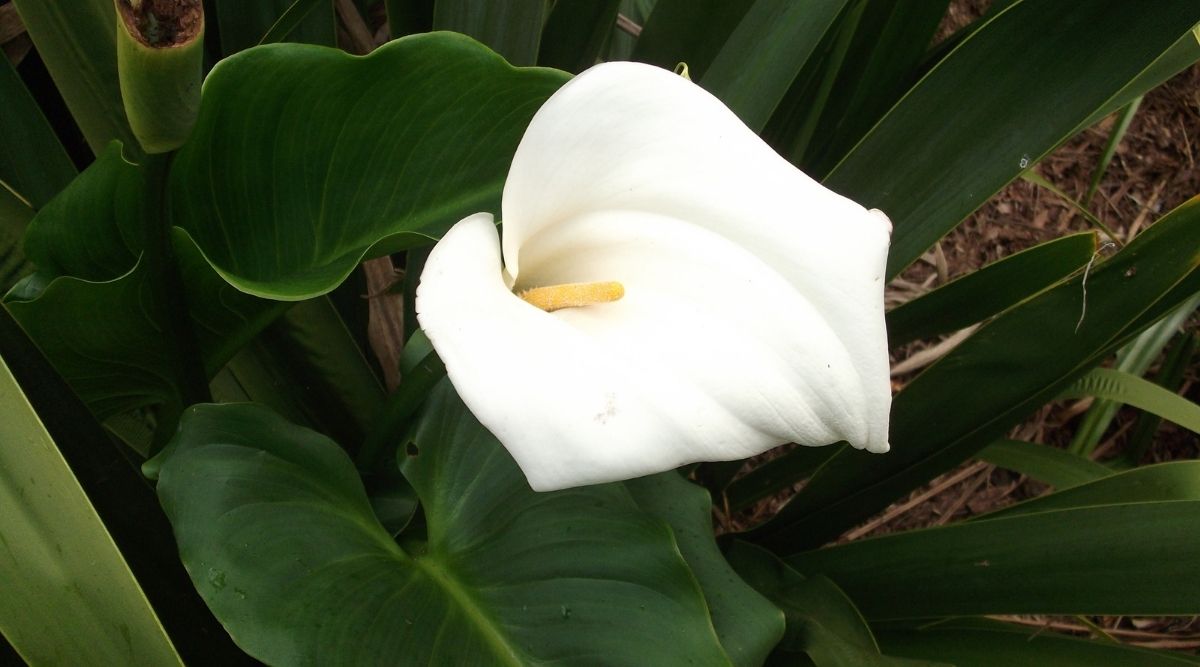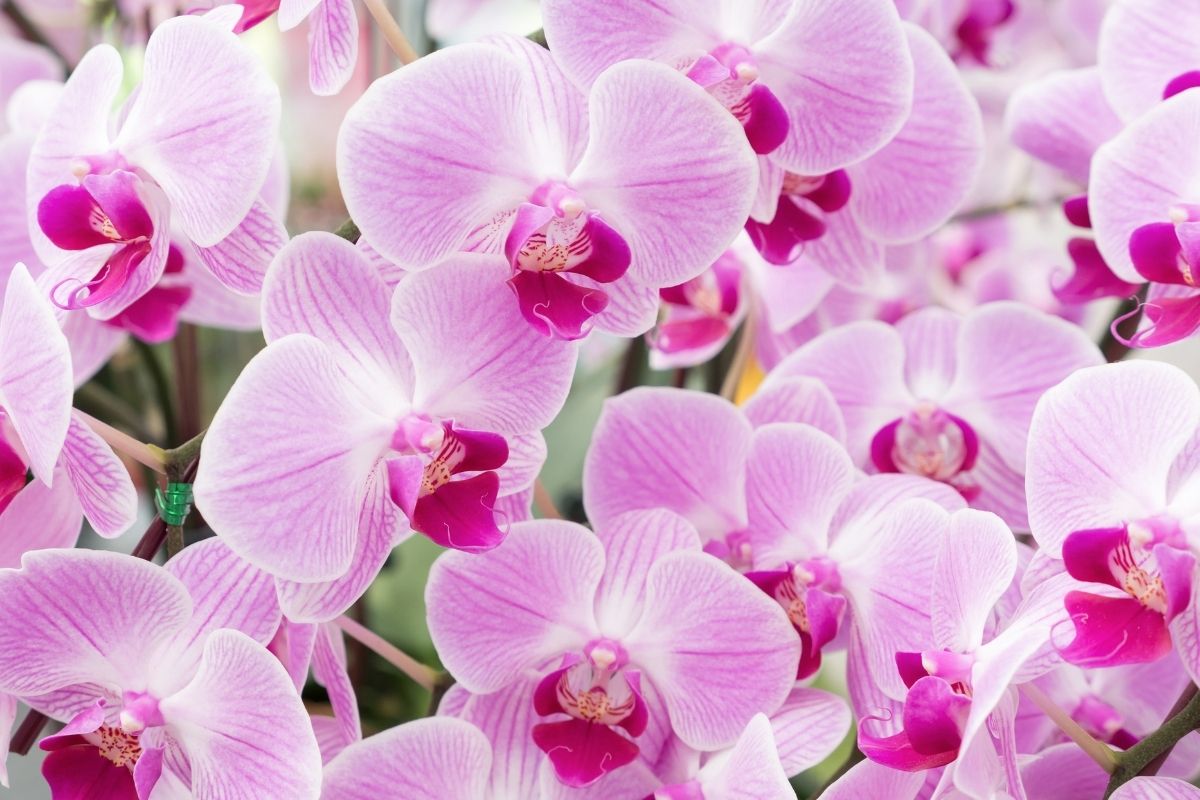Sometimes buying a cat can entail more than you think. Puns aside, many people forget that certain imported plants can be fairly dangerous to cats.

Cats love to chew random things and use their mouths like their nose, especially if they are teething they will chew anything like a dog.
As many know, there are some plants out there that can be toxic to your furry fella so you want to make sure that you don’t buy these plants if you want to have peace of mind.
Or, love your plants as much as you love your cats, simply put these plants in places where your cat can’t get to them: really high, in a greenhouse, or in an area that is a cat-free zone.
We love our cats and our plants, so read our guide on Bromeliads to see if any of these plants could give your cat a hard time. Read out to learn more!
What Is A Bromeliad?
A Bromeliad is a noun for a plant from the Bromeliaceae family, a group of monocot tropical plants that are often not endemic to the west.
The family of plants is mainly native to southern Tropical climates of Americas and some bits of Africa. There are around 75 known genera of this plant family some of which you may know such as the Pineapple and other basal plants.
Bromeliads often have unique foliage that can separate them from other plants. Some have sharp needle-like foliage that is similar to the top of a pineapple, others have broad and flat foliage that forms in rosettes.
Many Bromeliads grow near water and enjoy aquatic environments within hot subtropical climates. As a result, if you are in the temperate west, there is a great chance your Bromeliads will already be in greenhouses or poly-paraphernalia where your cats can’t get to them.
If you are in the tropical and subtropical climates of the Southern US then Bromeliads will be a common occurrence in wild settings,but will grow well in gardens and houses.
Are Bromeliads Poisonous To Cats?
No, which is great news!
Bromeliads are actually recommended for pet-owners who want houseplants that are non toxic. Moreover, Bromeliads can even be grown with methods that don’t require soil, saving your cats or even dogs from digging around in potentially toxic soil.
No fertilizer or anything toxic is required to grow bromeliads, so give them a go to make your home both pet friendly and botanically beautiful.
In reality, depending on the genus you choose to grow, your pets may actually enjoy your plants more than you! Some Bromeliads have fruit and leaves that are naturally full of water or sugary treats that your cats or dogs may find particularly appetizing.
In this case you may want to keep these out of reach as dogs and cats often have eyes larger than their stomachs can handle.
It’s worth noting that Bromeliaceae is a such a large family of plants with over 75 potential genera, so there may be some small exceptions within the family that could slip through the cracks.
So, it’s always best to check your specific plant and variety or even ask your local botanist or horticulturalist.
Can Bromeliads Be Dangerous?

On a smaller scale than most plants, yes. Some Bromeliads often have sharp leaves similar to the top of a Pineapple. These leaves can be annoying to handle sometimes without gloves.
So, you can expect these not to be the most comfortable for your dogs or cats if they brush up against them. But your pets are likely intelligent enough to understand this, the same way we are.
Perhaps more pertinently, Bromeliads can be a natural attraction for bugs, particularly mosquitos. This is certainly something worth keeping an eye on.
In the summer your cats and dogs will be sun bathing outside just like us, so just make sure your plants are bug free so they don’t find a home in your pet’s fur. Use a pet friendly insect repellent such as this one!
Another thing to be careful of is fertilizer. Certain fertilizers can be toxic to both humans, cats and dogs! One clever swap out that will always remain safe for you both, while still feeding your plants really well, is seaweed and other natural plant fertilizers such as this one.
Symptoms Of Plant Consumption
If your pet has eaten a plant, even if it is non toxic, and it doesn’t agree with them then there are some telltale signs that your pet could be in distress.
Some symptoms are:
- Vomiting
- Diarrhea
- Frequent Urination
- Drooling
- Gum Discoloration
- Farting or Burping
- Hiding
If the plant is non toxic your pet has likely just eaten too much of the plant, you can probably go into your garden and tell which plant it is, as we mentioned they enjoy things filled with water or sugars.
If non toxic then your pet should recover after potential vomiting. If you are unsure, or believe that the plant was toxic, take your pet to the vet for medical advice.
Final Thoughts
So, Bromeliads are not dangerous to pets really. As mentioned, some parts of different Bromeliad specimens can be attractive to your pets who may eat them. If your pet is prone to this kind of thing, plant or place your plants where they may not be able to reach them.
The largest danger of aBromeliad to your pet is the fact that they can attract mosquitos and other insects. So, make sure you use pet safe insect repellents to get rids of those pesky bugs saving your pets from dangerous chemicals as well as insects which could distress them.
All in all, Bromeliads are often recommended as pet safe plants that in most cases won’t cause too much danger to your pets.
In most cases your pets won’t eat these plants anyway as they usually have sharp foliage which they know to avoid. Start growing Bromeliads today with a carefree conscience
- Best Hanging Plant For Low Light - September 4, 2023
- Best Indoor Plants Florida - August 28, 2023
- Best Plants For Bathroom Smells - August 21, 2023







